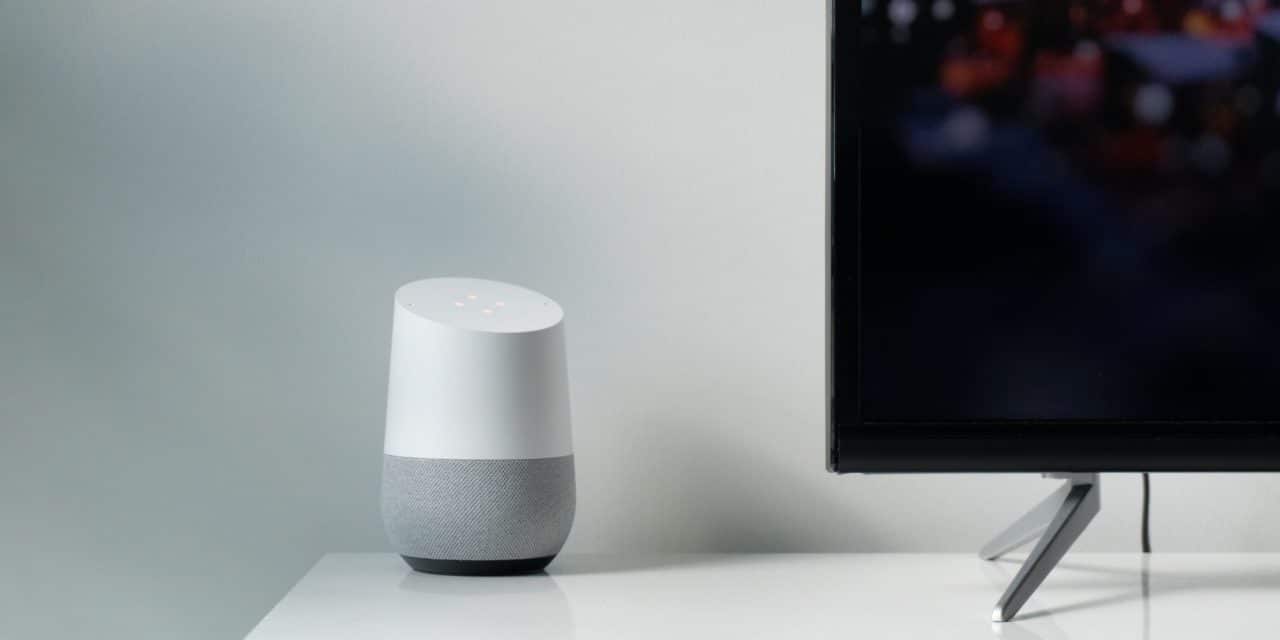[ad_1]
Smart homes are increasingly common in Australia. As we bring more lifestyle enhancing technology into our everyday lives and high speed internet becomes available to almost every household, the possibilities for more control and convenience have multiplied when it comes to home automation. Here are the top six reasons why home automation is for you.
1. Total Control of Your Environment: A smart house allows you to take total control of your environment. Security is just one area among many. Home automation systems allow you to personalise different rooms and spaces for light, temperature, music and mood. You can schedule changes by pre-programming and leave the details to your system.
2. Remote Control: Control any aspect of your home that is connected to your automation system from a remote location. For example, if you're on holiday or at work, you can control your security and alarm system, monitor your house, adjust your multimedia system to tape new shows when programs change, or turn on the lights before you get home. Once you get home, you can access and watch the video in any room in your house.
3. Energy Conservation: Home automation allows home owners and property management managers to closely monitor energy and water usage. With energy management software, any device that is connected to the network can be monitored and detailed reports generated according to time, hour, day or month. You can also request reports for each device and room or area so energy consumption levels are easy to identify, and informed choices can be made about conserving energy. Moisture sensors can be incorporated into you system so when you go on holiday, your lawn is only watered when it's needed. Lights can be set to automatically switch off at a time, or if there is no one detected in the space, saving energy expenditure.
4. Great Security Options: There's no better way to have a comprehensive and user friendly security system than home automation. Smart home systems commonly feature voice or video intercom for front doors and gates, movement censors, activated lighting, and security cameras for different rooms. In apartment buildings it's also common to have door release and elevator control options. Sensors can range from movement sensors, to temperature sensors, photoelectric beams, and even reed switches, which send you a reminder when outside gate or garage door is left open for more than say, 10 or 20 minutes.
5. Integration and Convenience: Any home or building works best as a whole instead of a collection of separate component parts, and home automation allows users to make use of the latest technology in security, lighting, temperature control, and energy conservation on a single platform. It creates a central point of control with user-friendly software. After setting your preferences, you can leave it all to the system. Remote control of devices adds to convenience – you can change settings while you're in the next room, in another city, or on another continent.
6. Information Gathering: Home automation systems are also potentially informational gathering devices. They are particularly useful for large apartments or houses where residents or building managers have a strong need to conduct monitoring and collect information for security, energy, and the manage of public spaces in a shared building. Even smaller residences can benefit enormously from having information on their energy and water use.
[ad_2]
Source by Harry McWilliams

